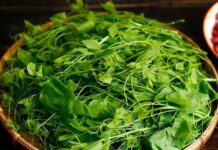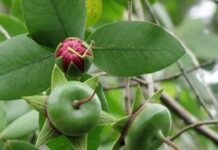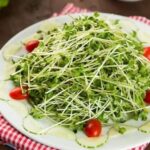According to a report by the Environmental Working Group (EWG) in the US, spinach has been ranked among the vegetables with the highest pesticide content. This may come as a surprise to many families, as spinach is a nutrient-rich vegetable, high in fiber and antioxidants, and is commonly included in meals.
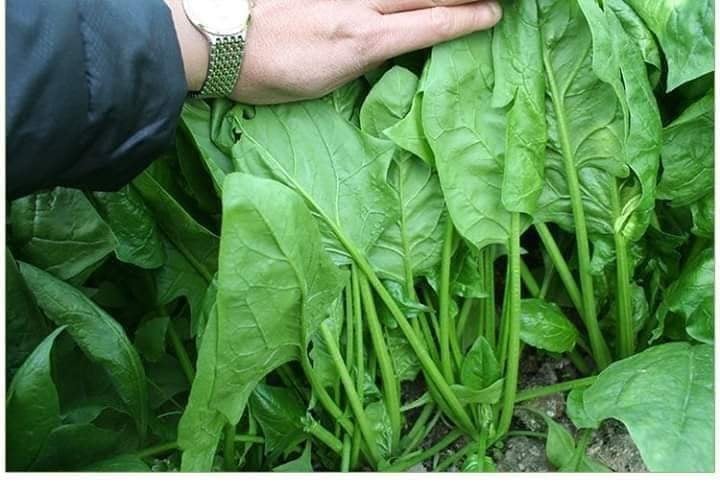
The research results serve as a warning for homemakers to be cautious when buying vegetables at the market.
Why is spinach considered to have high pesticide residues?
In 2016, the United States Department of Agriculture analyzed 642 samples of conventionally grown (non-organic) spinach and found approximately seven types of pesticides in each sample. Some samples even recorded up to 19 different pesticides.
Notably, 76% of the spinach samples contained permethrin, a neurotoxic pesticide. This chemical has been banned from use on food crops in Europe since 2000.
At high doses, permethrin can overload the nervous system, leading to tremors and seizures. Some studies suggest that even at low doses, it is associated with neurological issues in children.
Additionally, spinach has been found to contain fungicides and other dangerous pesticide residues that may cause cancer.
4 types of food that should not be eaten with spinach
- Eel
Eel has a sweet taste and a warm nature. It helps nourish the body’s core and energy while eliminating cold air in the stomach. Spinach, on the other hand, has a sweet and cool nature and helps descend energy and moisten dryness. Combining these two foods can lead to diarrhea due to their contrasting properties.
- Leek
Spinach has a sweet and cold nature, while leek has a warm and spicy nature and is used to tonify the blood. Their contrasting properties and effects make them incompatible when eaten together, especially as it can easily lead to diarrhea and abdominal pain, negatively affecting the digestive system.
- Dairy products and other calcium-rich foods
Spinach contains high levels of oxalic acid, and when combined with calcium-rich foods, it can lead to food accumulation and constipation. This is because oxalic acid combines with calcium to form calcium oxalate, which the human body cannot absorb. This combination not only hinders the nutritional value of the food but also causes adverse effects on the body. Therefore, it is best not to consume these two types of foods together.
- Soybeans
Many people believe that spinach and soybeans can be eaten together, but the vitamin C in spinach inhibits the release of trace element copper found in soybeans, leading to a loss of nutrition. Hence, experts advise against consuming these two foods together.
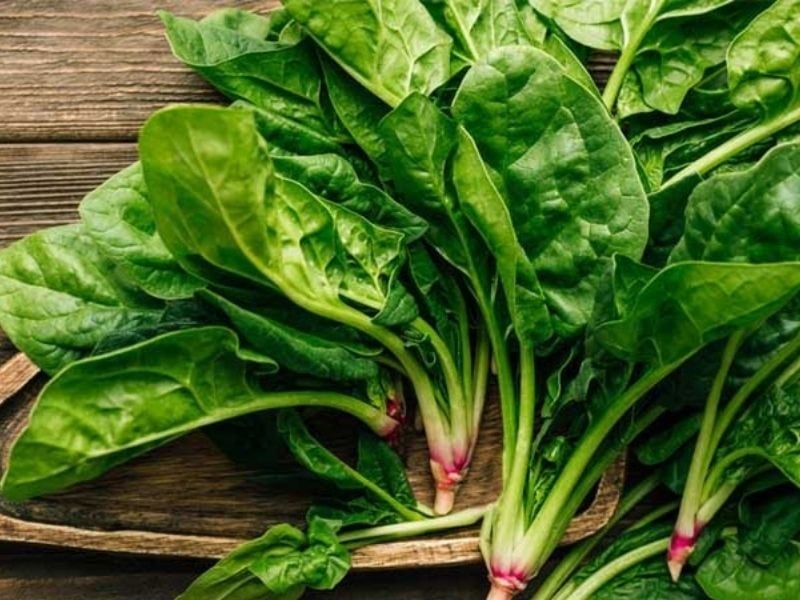
The type of vegetable that is soaked in pesticides. Even if it looks fresh and green, don’t buy it.
How should spinach be consumed safely?
– Prefer organically grown spinach: Organic spinach significantly reduces the risk of pesticide exposure.
– Wash thoroughly: Soak the spinach in diluted salt water or a specialized vegetable wash solution to remove chemical residues.
– Choose spinach from sources with clear food safety certifications or opt for organically grown options.





















